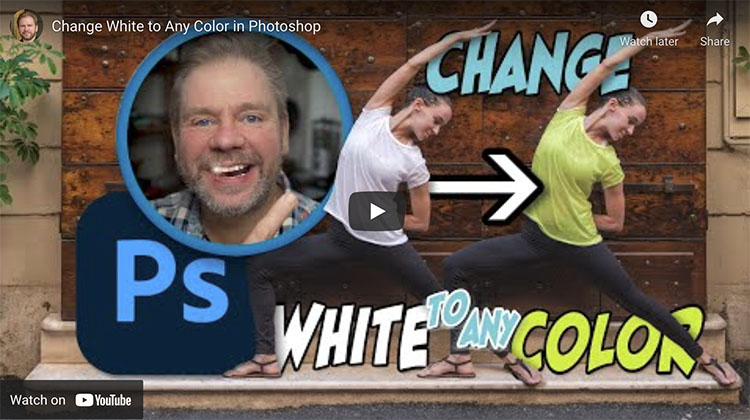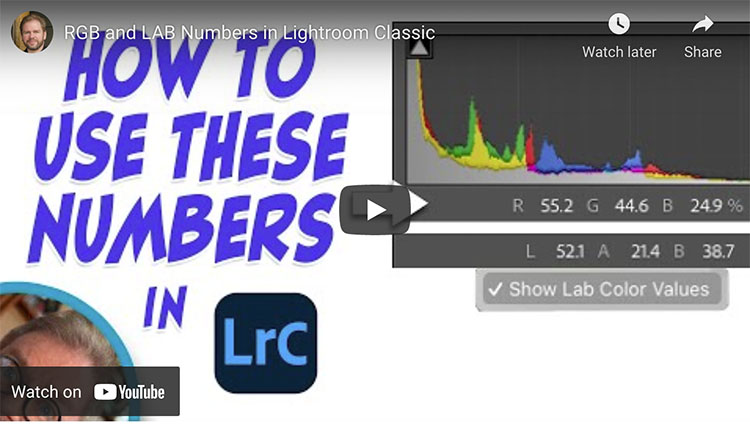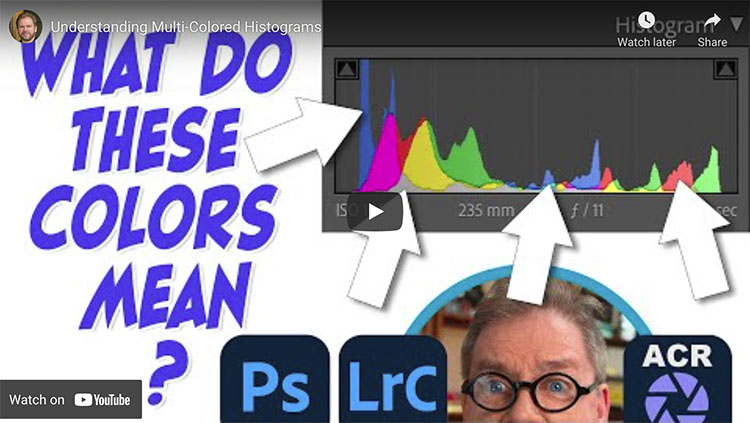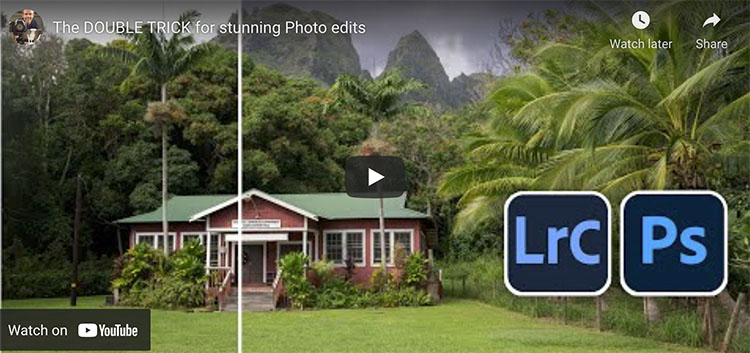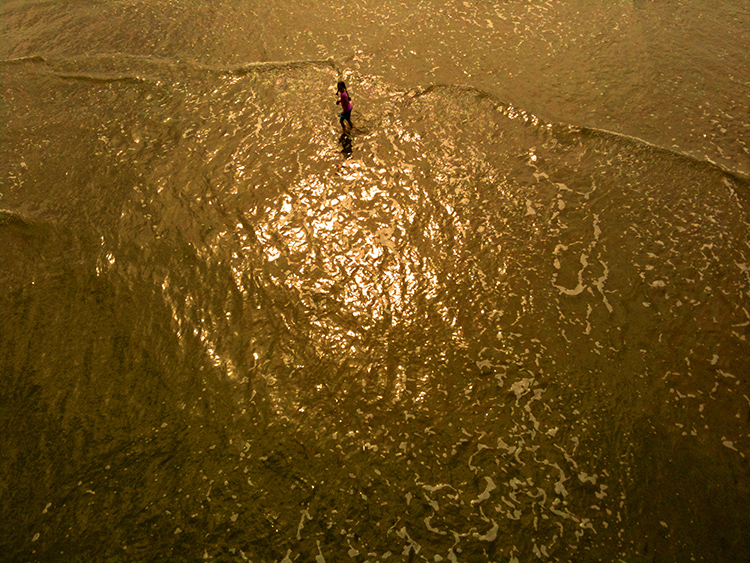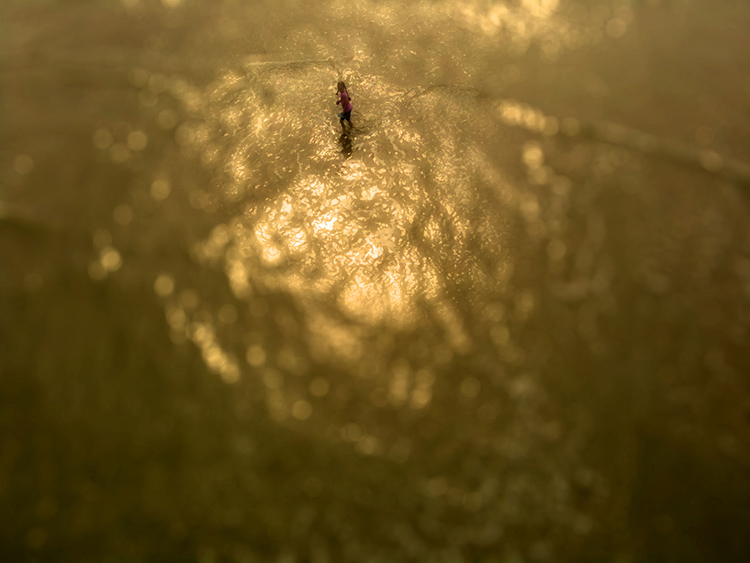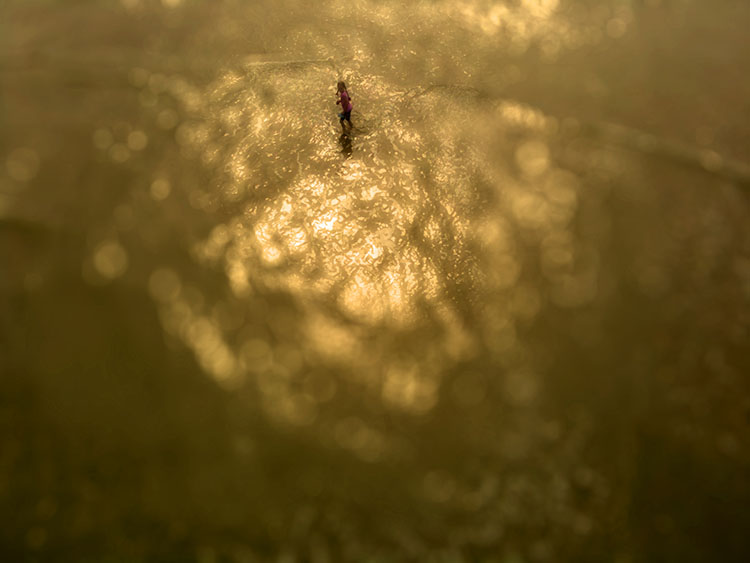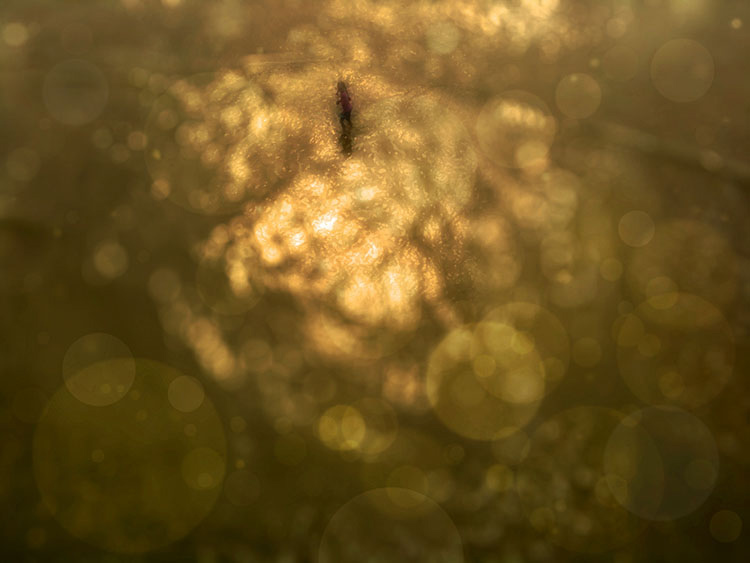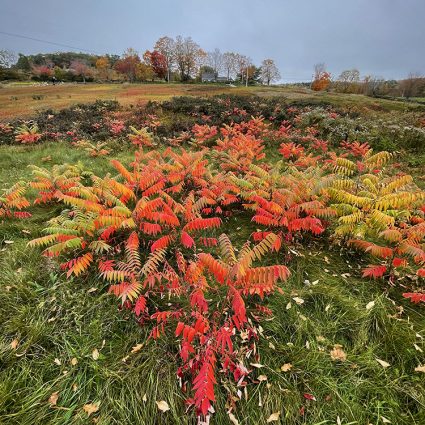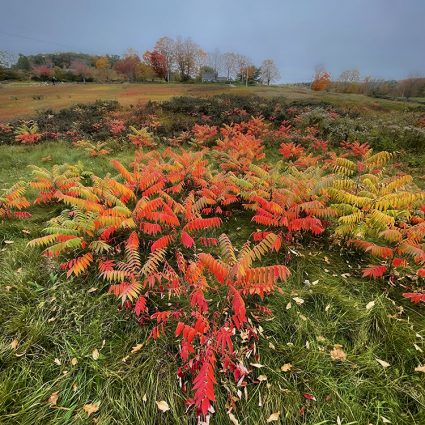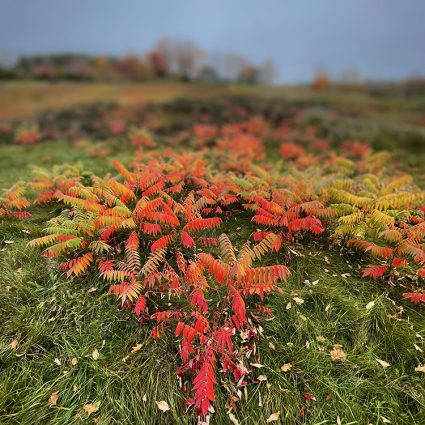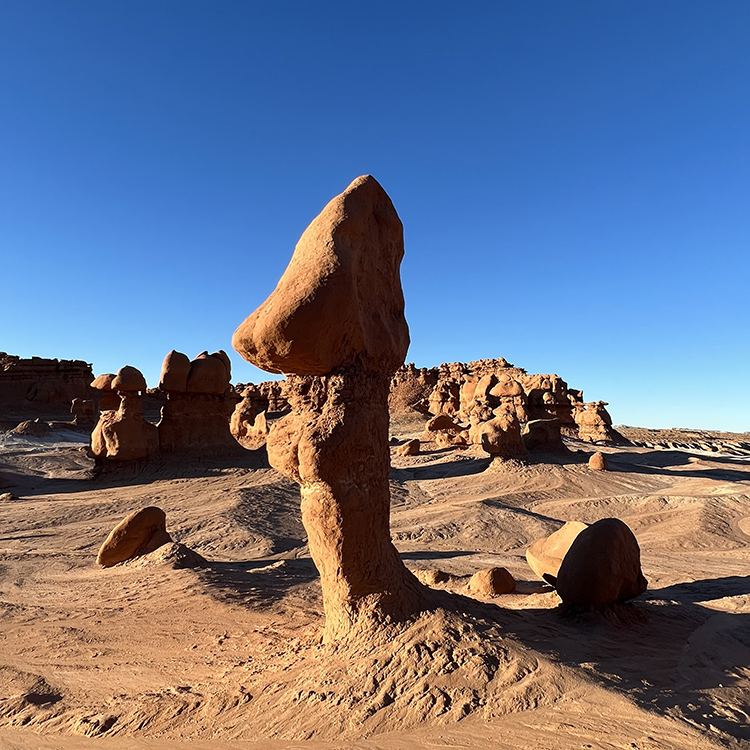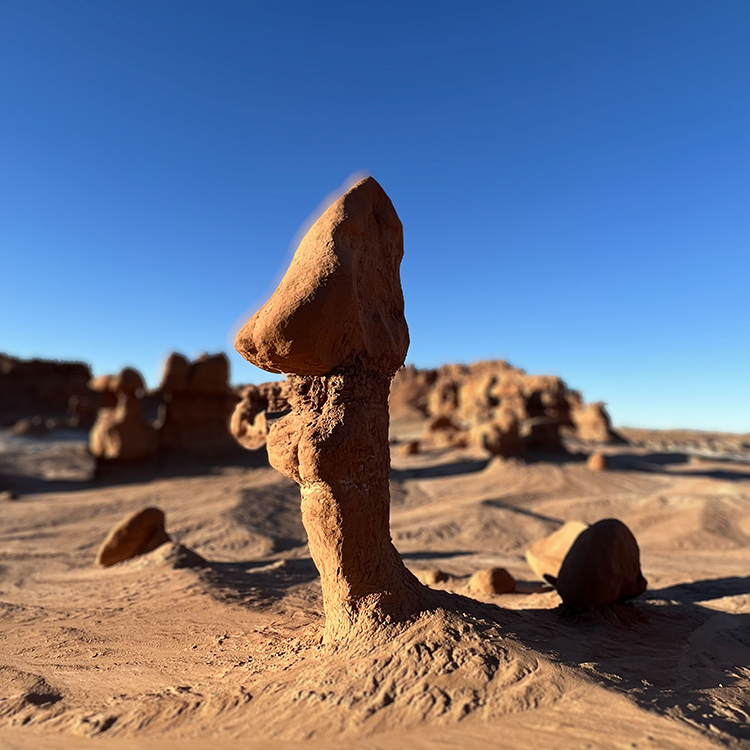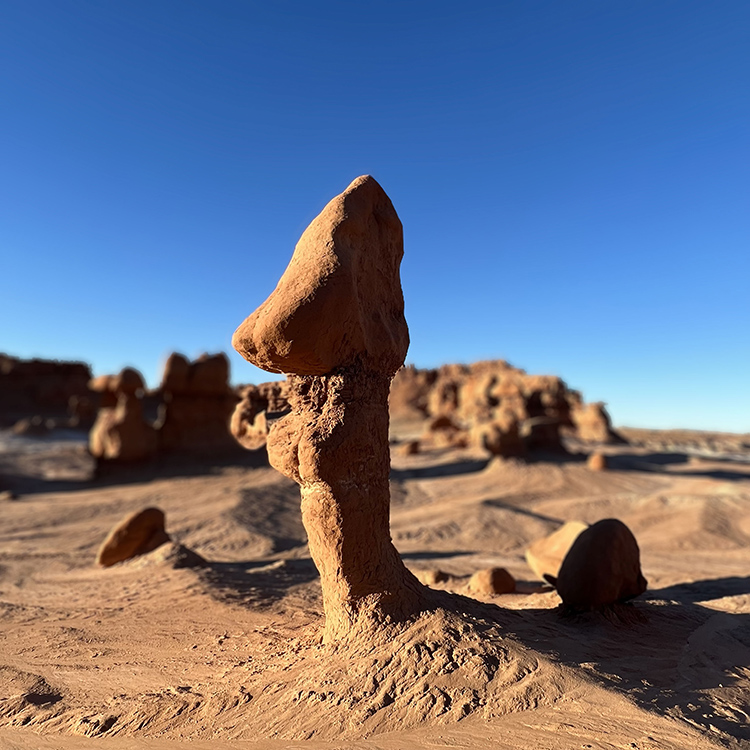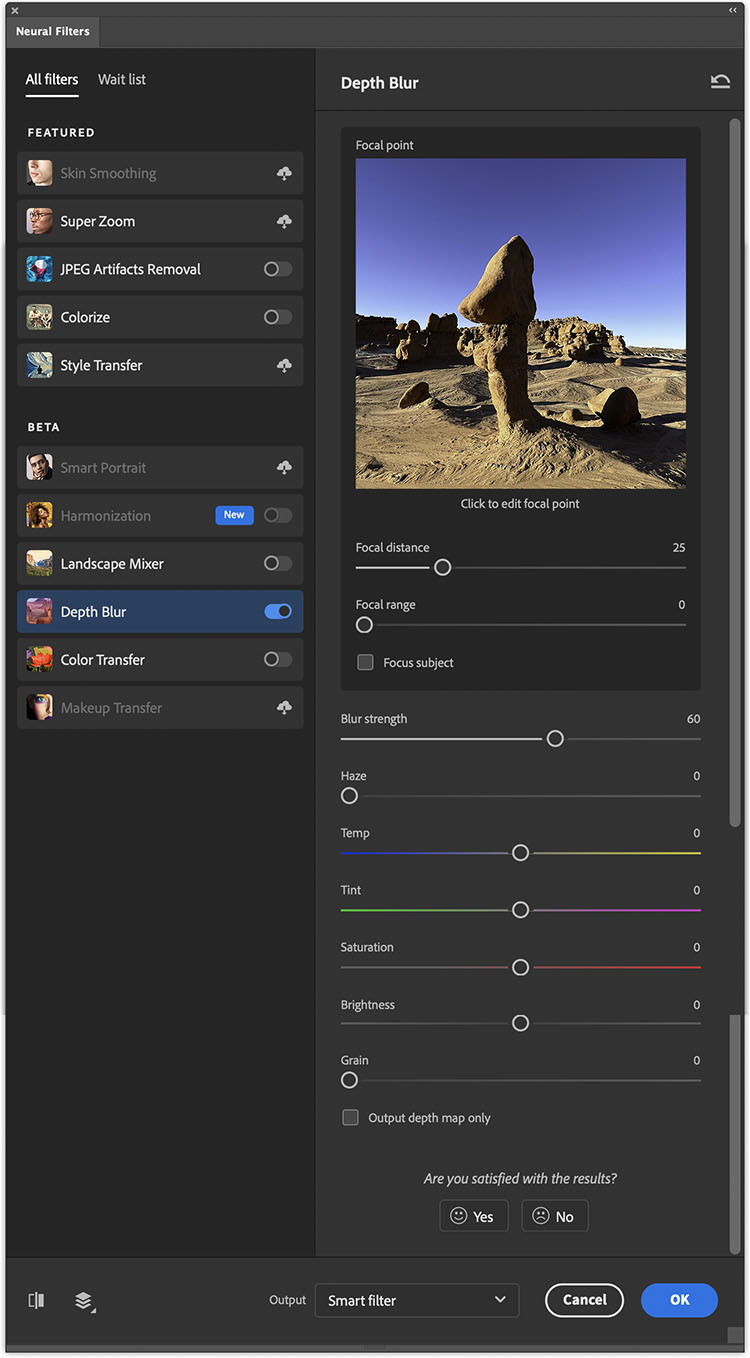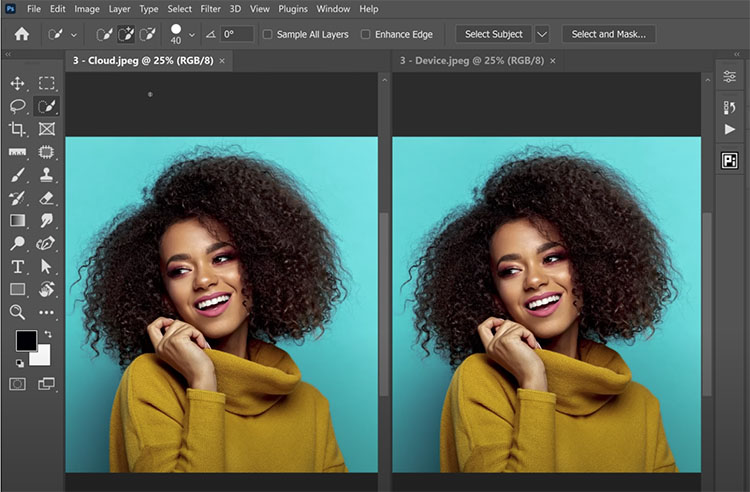How To Fix Red Faces In Your Photographs Using Photoshop
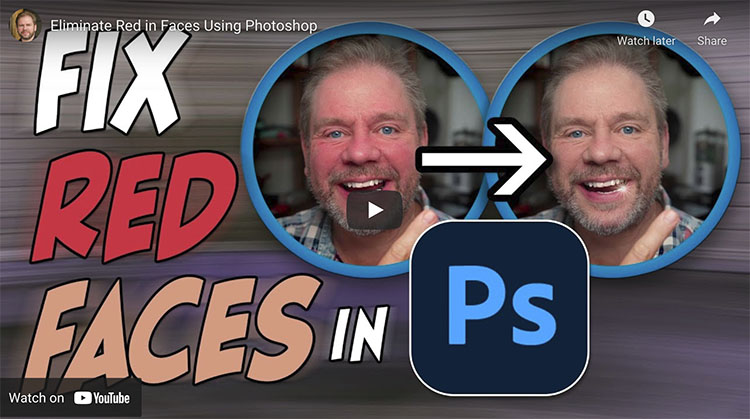
Learn how the pros remove red from faces. We’ll go beyond the standard technique of Hue/Saturation and will also take a look at why a lot of images from the internet always have red faces. In the process, you’ll learn how to isolate colors using Hue/Saturation, how to paint with color and how to perform basic color shifts using curves. You’ll learn a bunch that will be applicable even if you never run across skin tones that needs fixing.
Check out more of Ben Wilmore’s Digital Mastery here.
Learn more in my digital photography and digital printing workshops.


